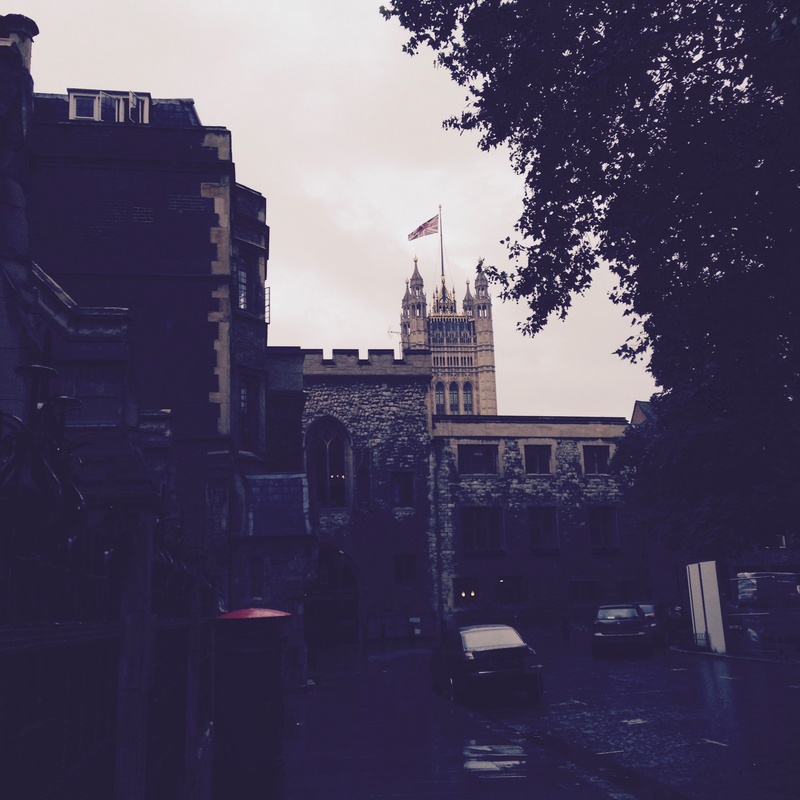Search
Conservation of biodiversity – ecology against economy
DOI: 10.17160/josha.3.6.246
Today we are confronted with a growing loss of biodiversity. All of us agree that we must do something to save the biodiversity. In his lecture, Prof. Hager focuses on the question what is the task of the law in this context. His lecture has three parts. In the first part, he discusses a famous case on biodiversity. The case opens the way to the second part where the efficiency of environmental law is discussed. In the third part, Prof. Hager outlines the structure of a modern ecological environmental law.
The 1971 War on Cancer Revisited
DOI: 10.17160/josha.3.6.245
Cancer is the second leading cause of death worldwide. President Roosevelt first established the National Cancer Institute and, later, President Nixon signed into law the National Cancer Act of 1971 to make the “Conquest of Cancer […] a national crusade”, declaring the “War on Cancer.” The worldwide research efforts focusing on the molecular and cellular biology and clinical spectrum of cancer have led to a better understanding of cancer as an acquired genetic disease, as well as to the importance of evolutionary processes in carcinogenesis and the clinical course of cancer. Based on these insights, novel therapeutic concepts have been developed and are already significantly improving the outlook for patients with cancer. PICTURE: Ludwig Köhler, Sculptures.
Arts at the Symposium "Science, Ethics and Arts"
DOI: 10.17160/josha.3.6.244
In this article, JOSHA's Editor Stephan Seiler reviews the arts exhibition that took place during the Symposium "Science, Ethics and Arts". Herein he presents the work of four artists with four different approaches: the photographer Anna Boksa, the young painter Giulia Musella, the internationally well-known artist John Tun Sein, and the sculptor Ludwig Köhler.
The Social Value of Knowledge in Medical Research
DOI: 10.17160/josha.3.6.243
The “socially valuable knowledge” (SVK) principle has been widely acknowledged as one of the most important guiding principles for research involving human subjects. In this presentation, Felicitas Holzer reconstructs the main arguments of the discussion between defenders and debunkers of the SVK principle and offer a third way to consider the social value of knowledge in research studies. PICTURE: John Tun Sein, Untitled 2016.
Ethics of clinical innovation. Now with video by J. Sugarman
DOI: 10.17160/josha.3.6.242
In this presentation, Dr. Mastroleo defends the view that clinical innovation should be understood, following Levine, as non-validated medical practice. Moreover, he argues that if this is the correct interpretation of clinical innovation this implies that the ethics of clinical innovation are different from (some) clinical research and validated medical practice. PICTURE: Anna Boksa, "Damian". Addendum April 13, 2019: As one of the world experts in ethics of non-validated practice I think you would enjoy watching this discussion at the NIH: Sugarman, J. (2017). NIH VideoCast - Ethics Rounds: Offering Patients Innovative Therapy: When Is It a Good Idea? Retrieved May 24, 2018, from https://videocast.nih.gov/summary.asp?Live=21779&bhcp=1
Pathways in the regulation of clinical stem cell research: harmonization, “double discourse” and alter-standardization
DOI: 10.17160/josha.3.6.241
In this presentation, Dr. Vasen explores the regulatory developments in stem cell medicine in the main national jurisdictions. He claims that the field is undergoing a process of diversification and indetify three pathways of regulatory development: international harmonization, "double discourse" and alter-standardization. The presentation is based on previous work published together with Achim Rosemann, Gabriela Bortz, and Margaret Sleeboom-Faulkner. PICTURE: Giulia Musella, Woman on a flower meadow.
JOSHA Table of Contents - Volume 3 Issue 5
DOI: 10.17160/josha.3.5.240
The current issue of the Journal of Science, Humanities and Arts brings exciting news to our readers along with eight novel contributions to the scientific, humanities, and arts fields. We dedicated this issue mainly to philosophy, ethics, law, and arts, which is mainly focused on the interdisciplinary relationship between these fields. We expect that you will enjoy it and we are already looking forward to what the next JOSHA articles will bring to our Science, Humanities, and Arts community.
III International Congress on Translational Medicine - Buenos Aires, Argentina, Nov 21-22, 2016
DOI: 10.17160/josha.3.5.237
The School of Pharmacy and Biochemistry of the University of Buenos Aires hosts the third International Congress on Translational Medicine on November 21st and 22nd, under the auspices of the German Embassy in Buenos Aires and the Asociacion de Universidades Grupo Montevideo. The International Congress will be held in the context of the International Master Program in Biomedical Sciences (IMBS) Cooperation, a German-Argentinean Study Program from the Universities of Freiburg and Buenos Aires which is currently being extended to the University of Montevideo, Uruguay. The Master Program was launched in 2008 and has already paved the way for many graduates who joined academic and professional careers. A broad range of topics in the fields of Molecular Biology and Medicine as well as Microsystems and Bioethics will be covered by the two-day Congress. Moreover, Prof. Dr.
Police and Crime Commissioners in the United Kingdom: A Compelling Case for Enhancing Public Participation in Crime Control Institutions?
DOI: 10.17160/josha.3.5.235
The phenomenon of crime is as ancient as organized society. Crime control has traditionally been a state responsibility, managed by experts, with the public playing no substantive role. The state’s mechanism of coercive force in tackling crime derives from their mandate from the people, and the lack of public participation has caused a gradual erosion of legitimacy. This has led to criticisms of crime control institutions on accountability and effectiveness. The United Kingdom’s development of the post of Police and Crime Commissioner as a model for public participation has been seen as a step towards increased transparency but has suffered similar criticisms. This article looks at whether the case for enhanced public participation is compelling and whether the United Kingdom’s attempt towards public participation works. INSTITUTION: Faculty of Law, University of Oxford.
‘Structure, Image and Ideas at play’: A revisitation into the select Medical thrillers from a Grotesque lens
DOI: 10.17160/josha.3.5.234
INSTITUTION: Department of Humanities and Social Science, Indian Institute of Technology Indore, India. Medical thriller is one of the bestseller genre fictions among the popular fiction category in the contemporary times according to publishers and booksellers’ list. In spite of that fact, it has been relegated to the margins of literature based on the academic critique of being ‘low literature’ and also as an embodiment of clashing bioethical facets that perplexes the reader's mind. Against this grain, this discussion attempts to argue that medical thriller is a significant contribution as a genre and a cultural phenomenon, primarily drawn from a grotesque lens. Grotesque in these novels are displayed as a ‘play’ in its various representations, engagements, use and effect of the techno-driven medical culture which Frances S. Connelly asserts as very much intrinsic to the ideation of grotesque in The Grotesque in Western Art and Culture (2006).
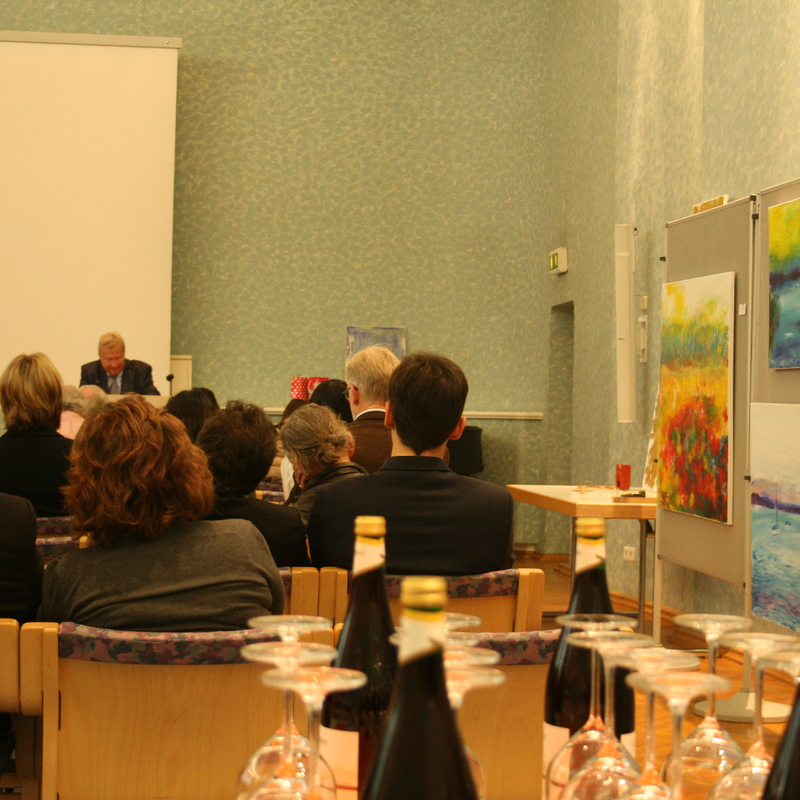
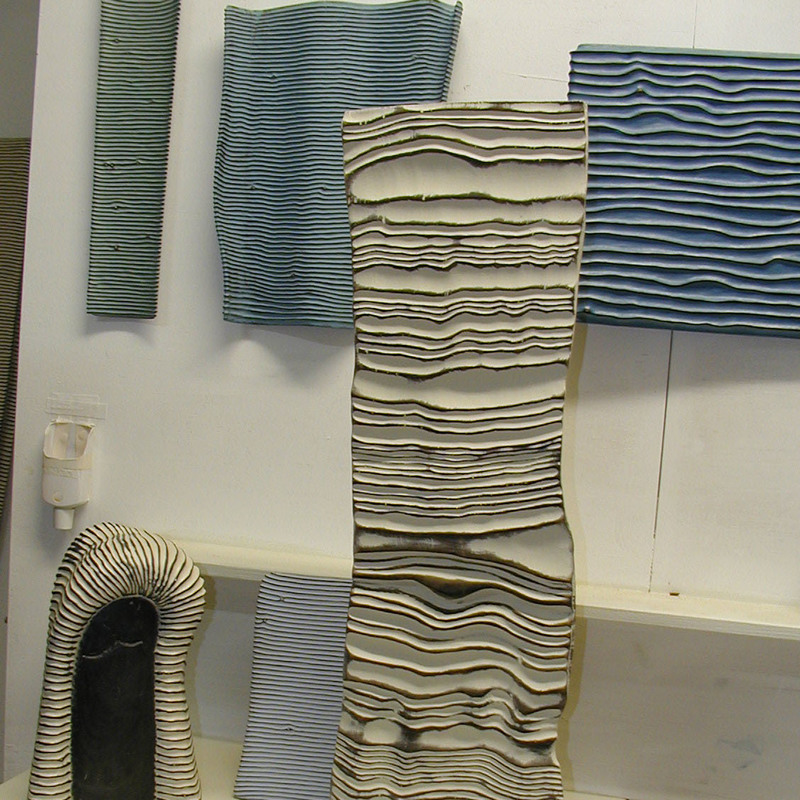
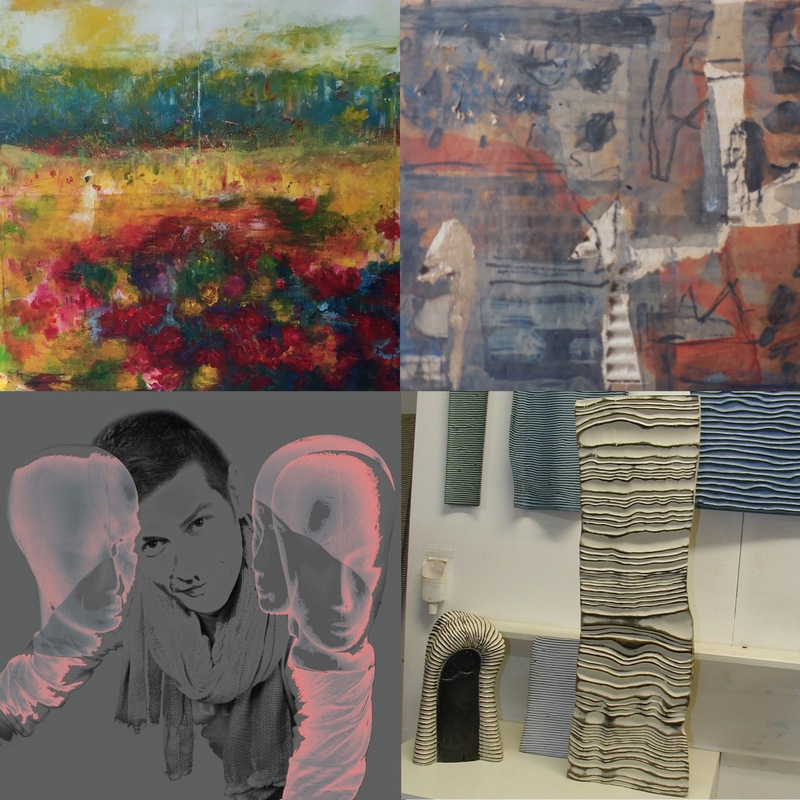
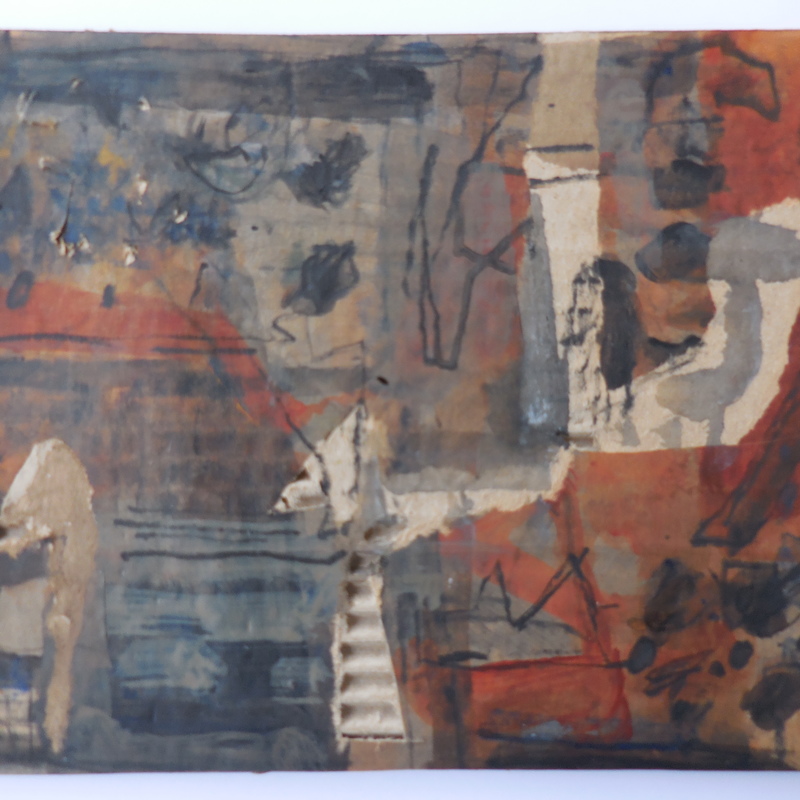
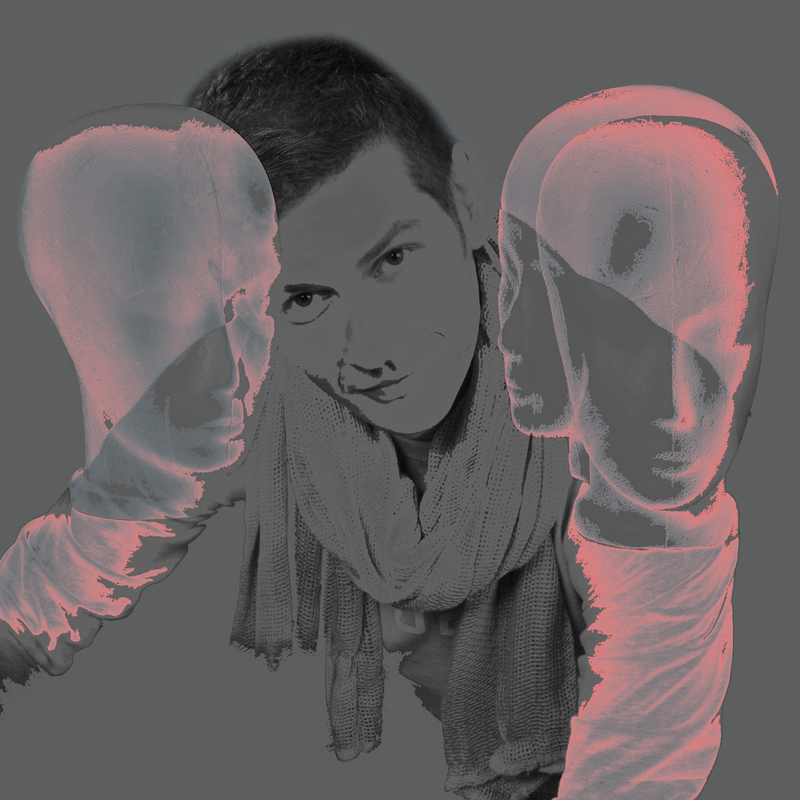
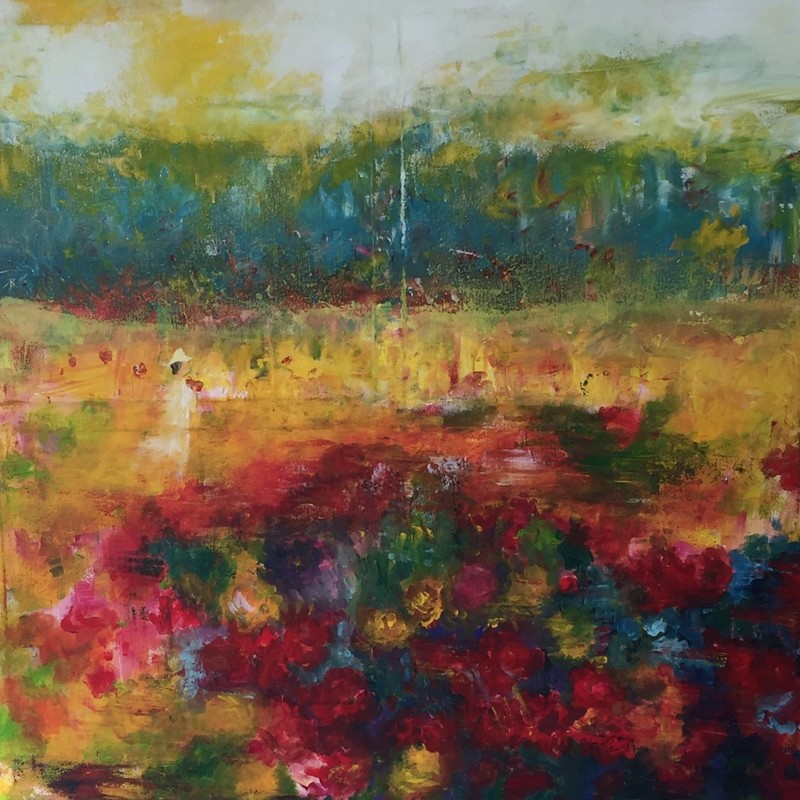
.jpg?1476887341)

